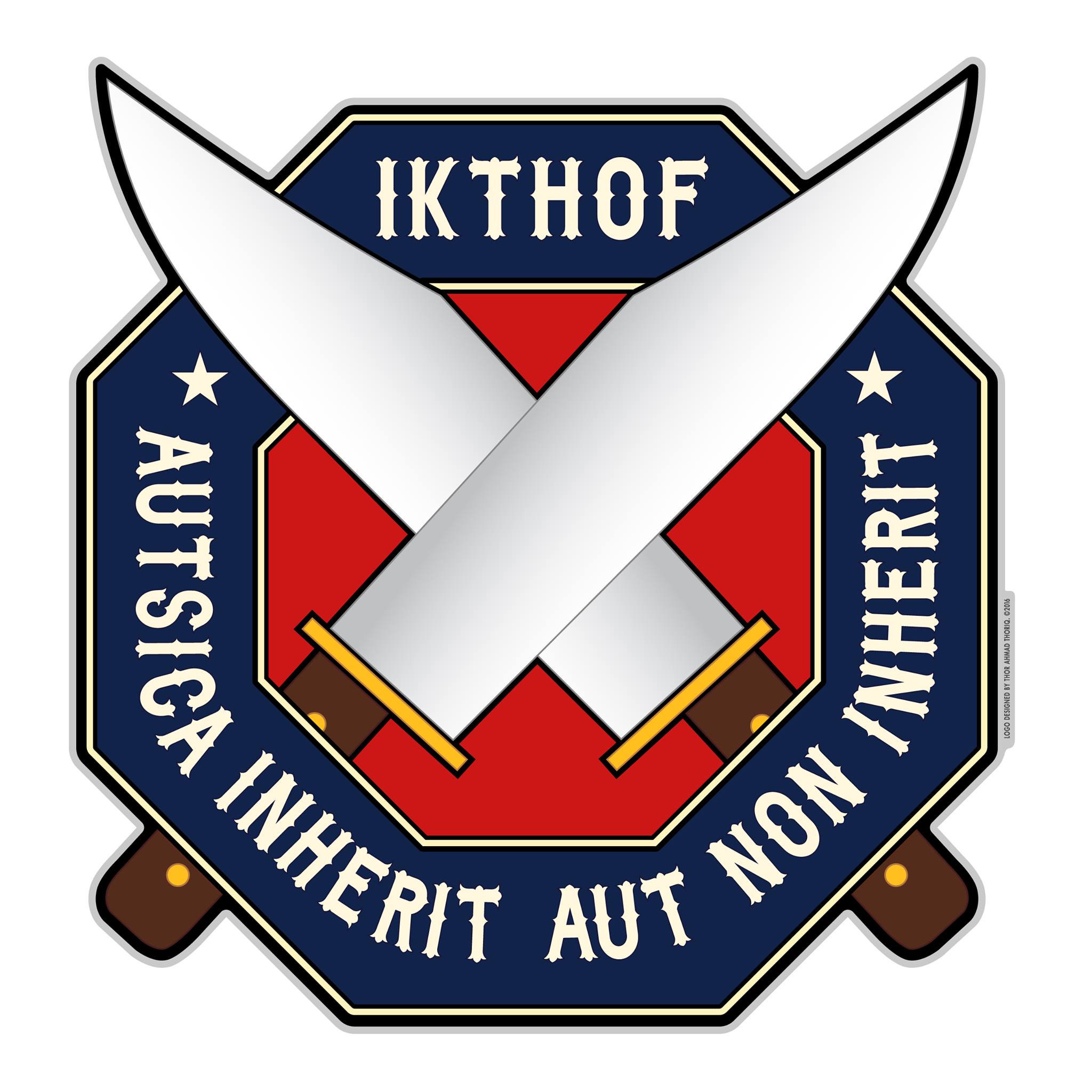The standard Pro Conventional hawk event is open to all competitors who have scored above 140 points in an IKTHOF sanctioned competition amateur conventional hawk event. 3 similar tomahawks are required for this event with a minimum handle length of 33.02cm or 13 inches and a blade length of no more than 11.37 cm or 4.5 inches. Handles must be wooden.
The thrower will throw a total of 60 tomahawks with a maximum available score of 300. Note that all distances are a MINIMUM and throws may be thrown from further back from that point but not in front.
Tomahawks will be thrown from the left target to the right target in order. Tomahawks must be both thrown from the minimum distance (or beyond) AND complete the required number of rotations to be counted for score.
A typical round will be thrown starting at the 3 meter mark or one full spin (blade forward) distance. The second round is thrown from the 4 meter mark or one and a half spin (blade backward) distance. The third round is thrown from the 5 meter mark or two spin (blade forward) distance. The fourth round is thrown from the 7 meter mark or two and a half spin (blade backward) distance. The final throw is from the 9 meter mark or three spin (blade forward) distance. These 5 rounds make a set.
4 sets are thrown in a conventional event totaling 60 throws.
After all three hawks are thrown, a scorekeeper will approach and score your throws. It is important not to touch any of the hakws in the target otherwise on a first offence, a warning will be issued, any subsequent offence will result in a 0 score issued for the hawk. When throwing, the competitor must be aware of the minimum distance lines and not cross before the knife has left their hand. If the throw line is crossed, on a first offence, a warning will be issued, for any subsequent offence, a 0 will be issued for the hawk.
As a note, scoring is done from where the blade cuts the paint. If a hawk is thrown hard enough to deeply embed the blade into the target, the highest score achieved can only be determined from where the metal is seen touching paint and not from underneath the surface of the target where the blade should be located in the wood.

